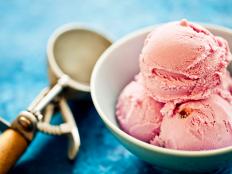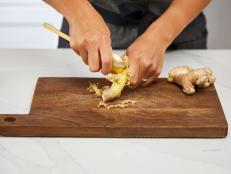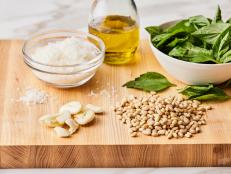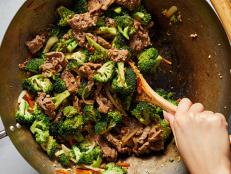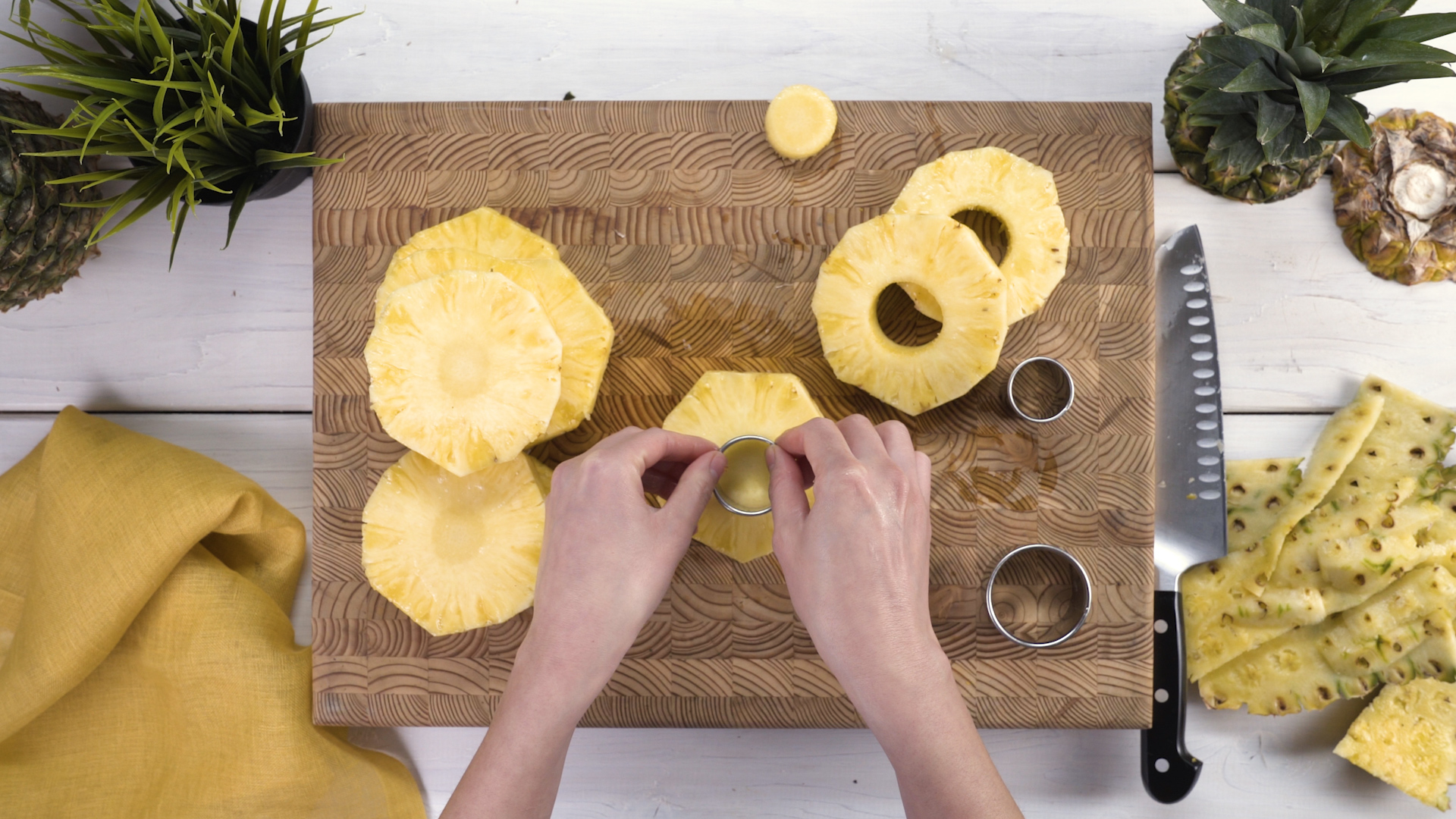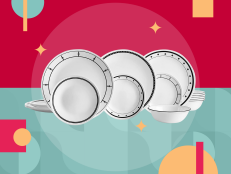Be Smart About Salt
We've all heard that too much sodium can be harmful to our health, but what does that actually mean?

It’s not news that too much sodium in your diet can be dangerous. According to the FDA, Americans are getting way too much of it. And at the top of the sodium contributor list is pepper’s best friend, salt. There’s a common misconception that salt and sodium are the same thing — in fact, salt (aka sodium chloride) is only about 40 percent sodium. That’s nothing to shrug off; 1 teaspoon of regular table salt has about 2,300 mg of sodium, which is the entire daily recommendation for a healthy person. With numbers like that, it’s no wonder that salt is the No. 1 target in the war on sodium. It’s scary stuff, for sure. But when was the last time you ate a teaspoon of table salt?
Here’s another number you should consider: About 75 percent of total dietary sodium actually comes from processed foods and eating out. Read the list of ingredients on a nutrition label: If you see monosodium glutamate (MSG), sodium benzoate, sodium nitrate or sodium nitrite (among other additives), then you’re adding sodium to your diet. Instead of chucking our salt shakers out the window, we should probably turn our focus to eating whole foods and cooking more.
When you cook, be smart by salting your food in small increments from the moment you start cooking, using either iodized or kosher salt. This helps build flavor, meaning you can use less salt overall. And consider adding a final delicious pop by sprinkling some large, flaky sea salt on your food right before you eat. Marinating or brining meat with a mixture that contains salt is another great way to impart flavor. There’s actually less absorption of salt than you would think; just keep an eye on the amount you use in the final seasoning and accompanying sauces.
So, instead of completely banning sodium from our diets — too-low levels are dangerous too — we should be more discerning as to where it’s coming from. Don’t let sodium-packed additives in processed food displace the salt in home-cooked food. And if you’re unsure as to what level of sodium is best for you, then be sure to ask your health care professionals.























